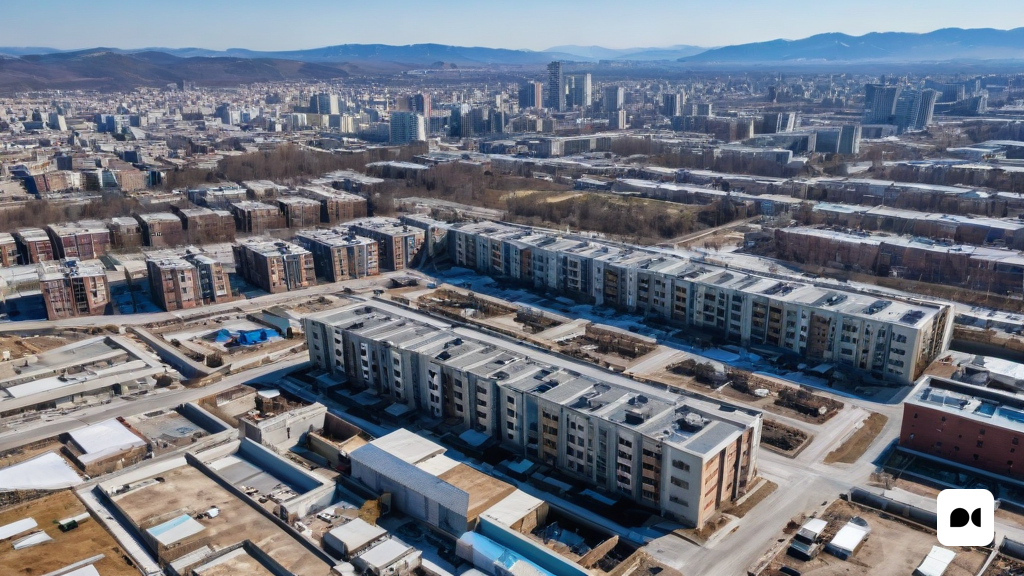Introduction
The National Institute of Statistics (INE) has recently published the results of the Living Conditions Survey for the year 2023. These data reveal a worrying trend: poverty in Spain continues to increase year after year. Although this issue does not receive the media attention it deserves, it is important to analyze the indicators and figures in detail to understand the magnitude of the problem.
The AROPE Rate and the risk of poverty
The European Union has proposed the AROPE indicator (At risk of poverty and/or exclusion) to evaluate the degree of compliance with the social inclusion objectives established in the EU2020 Strategy. This indicator refers to the percentage of the population that is at risk of poverty and/or social exclusion. It is important to highlight that the risk of poverty is a relative indicator that measures inequality, not absolute poverty. It is based on the proportion of people whose income is low compared to the population as a whole. According to the INE, those consumer units whose income does not reach 60% of the median are considered at risk of poverty.
Severe material and social lack
Another relevant indicator is severe material and social deprivation, which refers to households that present deficiencies in at least four of the nine concepts established by the EU2020 Strategy. These concepts include the inability to go on vacation for at least one week a year, the lack of ability to keep the home at an adequate temperature, the inability to face unforeseen expenses, among others. It is worrying to note that the percentage of the population suffering from this deficiency has increased in recent years.
Low employment intensity
The last indicator to take into account is low employment intensity, which refers to households in which its members of working age have worked less than 20% of their potential during the year prior to the interview. Fortunately, this indicator has shown a downward trend in recent years.
Data analysis
If we analyze the data provided by the INE, we can see that the AROPE Rate has decreased slightly since 2014, going from 30.2% to 26.5%. However, the relative risk of poverty, that is, inequality, has decreased only from 22.2% to 20%. On the other hand, low intensity in employment has experienced a significant reduction, going from 16.9% to 8.4%. Despite these encouraging data, the percentage of the population suffering from severe material and social deprivation has increased from 7.7% in 2019 to 9% in 2023.
The causes of growing poverty
One of the main causes of this increase in poverty in Spain is inflation. Families have lost purchasing power, which means they have to pay more for basic products and services. This directly affects their ability to save and places them in a situation of economic vulnerability. Furthermore, a report from the Bank of Spain highlights that Spanish households have resorted to credit and increasing their labor supply to face the impact of inflation on consumption.
The vision of the rulers
Despite the evidence of the data, the rulers, even those who call themselves leftists, affirm that Spain is growing and is on the right track. However, his speech focuses on the AROPE Rate, which is an average of the three indicators mentioned above. Additionally, they pride themselves on an increase in tax collection, thanks to inflation. However, it is important to keep in mind that public debt has also increased, even if it is measured as a percentage of nominal GDP. This means that although the percentage of debt to GDP has decreased, real debt has increased.
Conclusions
In conclusion, statistical data show that poverty in Spain continues to increase. Inflation and the economic policies implemented by the rulers are key factors in this growth. Despite optimistic speeches, the reality is that more and more people find themselves in a situation of severe material and social deprivation. It is important that concrete measures are taken to address this problem and ensure a more just and equitable society.

